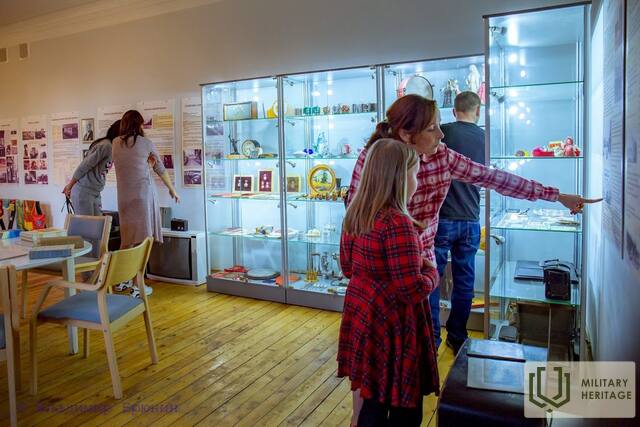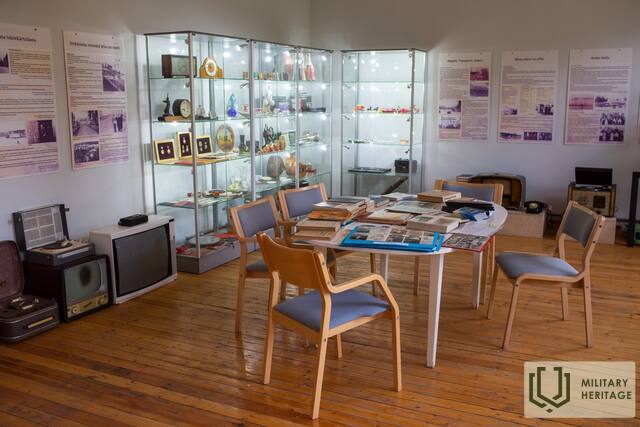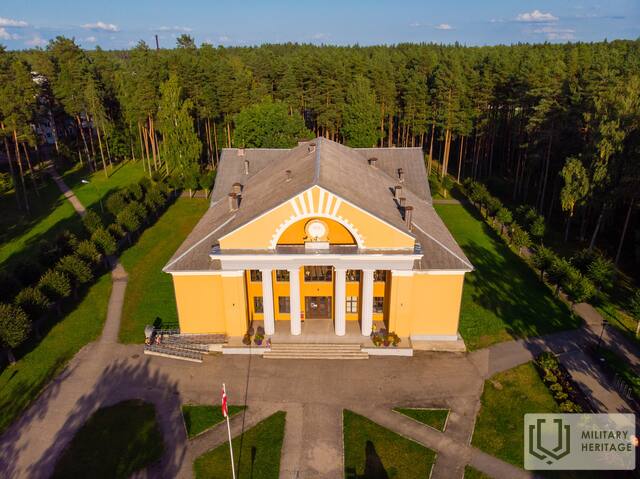Sedos kultūros paveldo (1953–1990 m.) ekspozicija ir stalininė architektūra
Muziejus

Sedos miestas iš pradžių buvo statomas kaip darbininkų kaimas, kartu su 1953 m. durpių gamyklos statyba. Durpių gamykla buvo paskelbta Visasąjunginio komjaunimo šoko statybos projekto dalimi, į kurią atvyko jaunimas iš visos Sovietų Sąjungos. Tai apibrėžė kaimo charakterį ir veidą. 1954 m. Sedai buvo suteiktos darbininkų kaimo teisės. 1961 m. darbininkų kaimas buvo pavadintas miesteliu. 1991 m. lapkričio 14 d. miestelis su kaimo vietove įgijo Sedos miesto su kaimo vietove statusą. Sedos kultūros namuose eksponuojama kultūros ir istorijos paveldo ekspozicija. Parodų salėje esančiose stenduose pristatoma Sedos apylinkių raidos istorija, pradedant istoriniu laikotarpiu, kai Salāniečių ūkio valda driekėsi per Sedos miesto teritoriją, iki miesto statybos. Parodoje pateikiami pasakojimai apie miesto kūrimosi priežastis ir procesą, Sedos durpių gamyklos istoriją ir kiti dokumentiniai įrodymai. Kalbant apie pagrindinį turinį, parodoje daugiausia eksponuojama istorinė archyvinė medžiaga: protokolai, sprendimai ir įsakymai. Siekiant padėti lankytojams geriau suprasti šį istorijos laikotarpį, parodoje įrengtas „vadovų kabinetas“, kuriame eksponuojami to meto daiktai. Parodą taip pat vizualiai papildo sovietmečio namų apyvokos daiktai, kurie eksponuojami kartu su įvairiais dokumentiniais įrodymais.








































